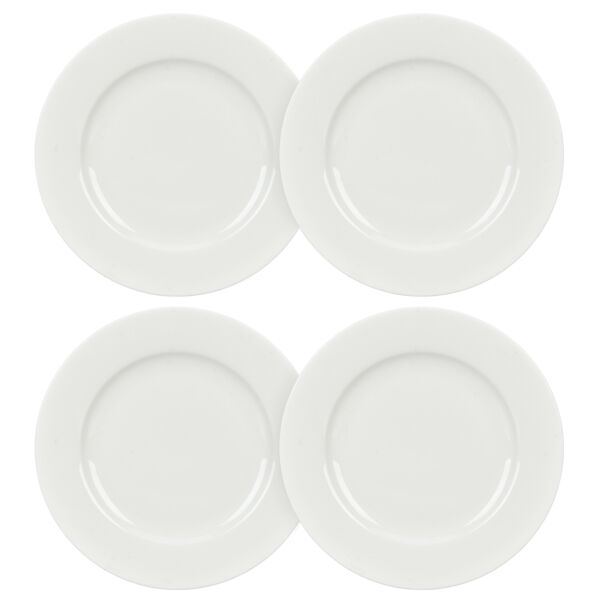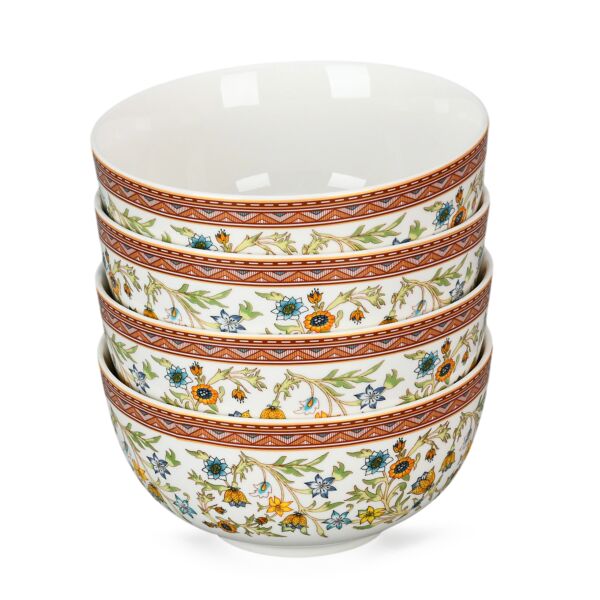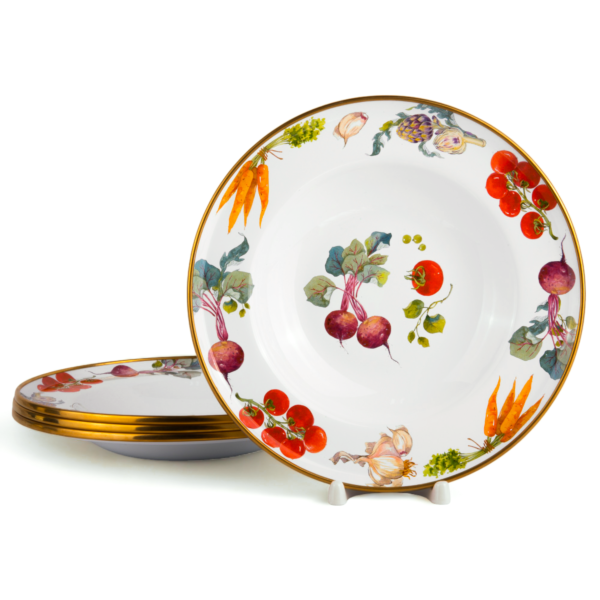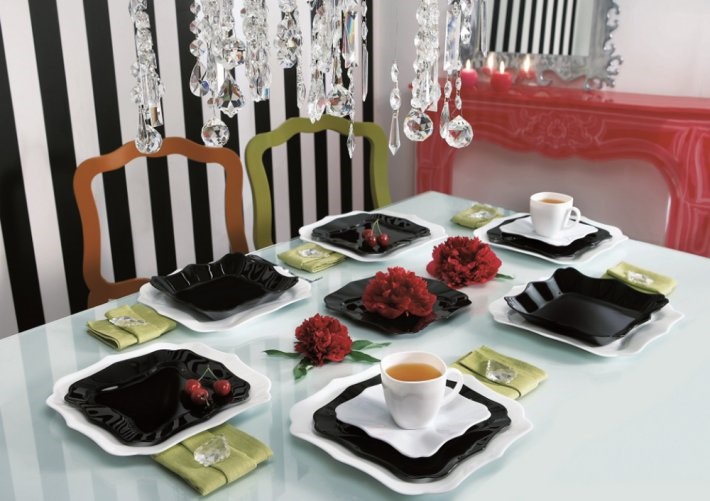Bestsellers
Go to filters
-
 $18.99 $15.00
$18.99 $15.00 -
 $24.99 $20.00
$24.99 $20.00 -
 $14.99 $12.00
$14.99 $12.00 -
 $19.99 $16.00
$19.99 $16.00 -
 $139.99 $104.00
$139.99 $104.00 -
 $29.99 $24.00
$29.99 $24.00 -
 $87.99 $62.00
$87.99 $62.00 -
 $87.99 $62.00
$87.99 $62.00 -
 $19.99 $14.00
$19.99 $14.00 -
 $22.99 $18.00
$22.99 $18.00 -
 $26.99 $22.00
$26.99 $22.00 -
 $32.99 $26.00
$32.99 $26.00 -
 $20.99 $17.00
$20.99 $17.00 -
 $23.99 $19.00
$23.99 $19.00 -
 $29.99 $24.00
$29.99 $24.00 -
 $36.99 $24.00
$36.99 $24.00 -
 $49.99 $39.00
$49.99 $39.00 -
 $31.99 $23.00
$31.99 $23.00 -
 $39.99 $24.00
$39.99 $24.00 -
 $23.99 $19.00
$23.99 $19.00 -
 $20.99 $17.00
$20.99 $17.00 -
 $23.99 $19.00
$23.99 $19.00 -
 $29.99 $24.00
$29.99 $24.00 -
 $20.99 $17.00
$20.99 $17.00 -
 $23.99 $19.00
$23.99 $19.00 -
 $29.99 $24.00
$29.99 $24.00 -
 $29.99 $24.00
$29.99 $24.00 -
 $29.99 $16.00
$29.99 $16.00 -
 $54.99 $38.00
$54.99 $38.00 -
 $46.99 $33.00
$46.99 $33.00



































